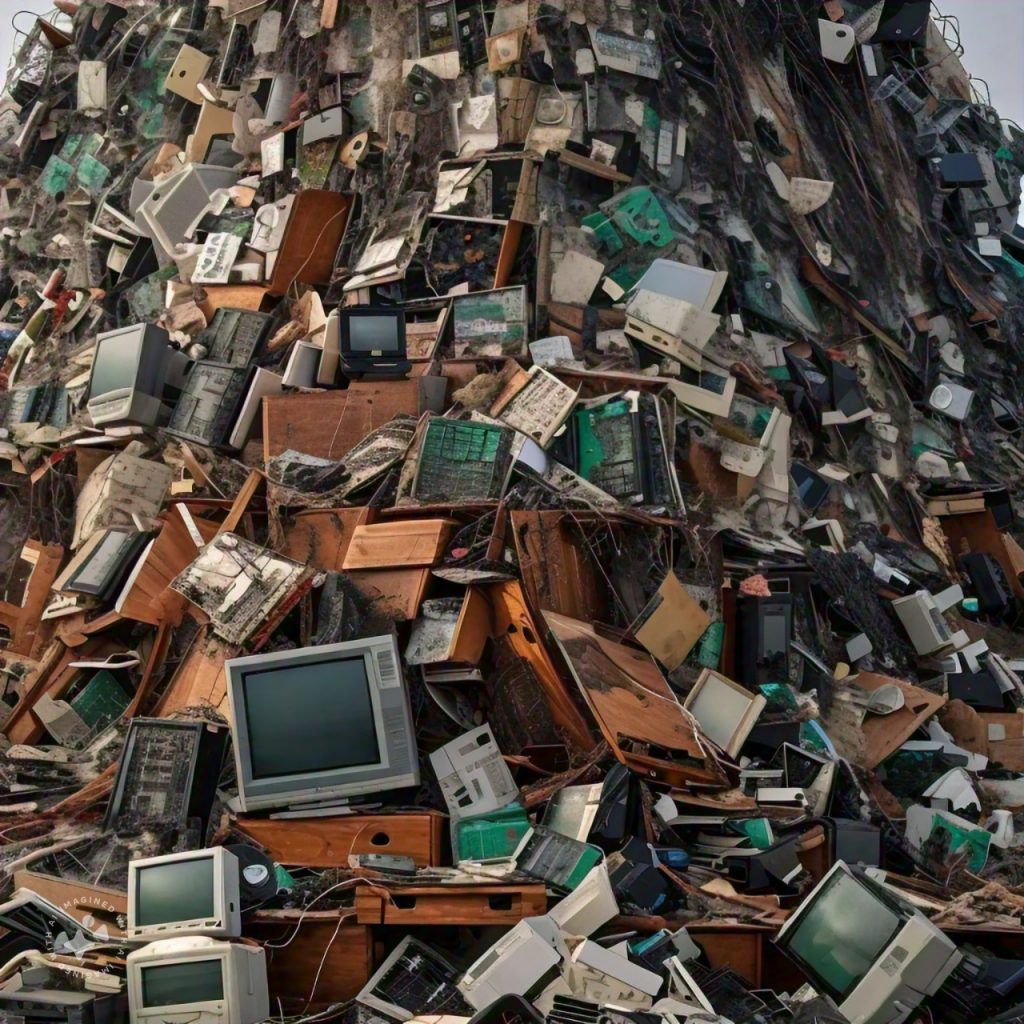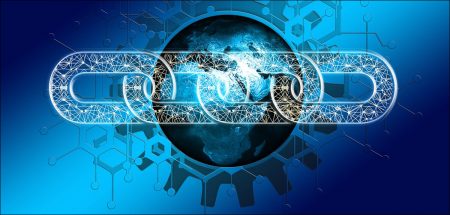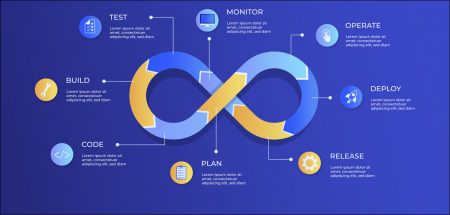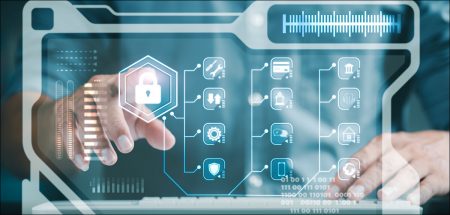Technology plays a very important role in our lives, and it is essential to know its environmental impact…
You must include sustainable practices in IT to reduce its environmental footprint. If you choose to adopt eco-friendly approaches, your business will contribute to a healthier planet while still benefiting from technological advancements.
Below, we will be covering how energy consumption and managing electronic waste responsibly can help smooth IT operations with sustainability goals. Read more to explore seven sustainable practices to reduce IT’s environmental impact.
- Energy-Efficient Hardware
It is an important aspect of green computing to acquire computer hardware that uses less power. Whether a person is sourcing hardware for servers, laptops, or peripherals, their choice will determine the amount of energy they use and whether they are more sustainable. This means that you should always give priority to hardware that is energy efficient. Energy-efficient hardware has certification to prove it, and one of the most common for computers is the energy star rating.
In addition to the simple fact that energy-efficient hardware uses less power, such items also generate much less heat. This heat reduction leads to more energy savings since you do not need large cooling systems for your devices. Apart from this, less power consumption means a smaller carbon imprint, which makes it a win-win choice for anyone who wants to preserve the environment.

- Cloud Computing
Cloud computing involves the use of hardware resources through a network so that all the available resources can be put into optimum utilization. By moving to the cloud, businesses are able to lessen their impact on the environment, use energy more efficiently, and improve durability. The increase in cloud computing is evident in its value-for-money effect, which is expected to help even new entrepreneurs and start-up companies come up with new software as well as licenses.
- Virtualization
Virtualization modifies the operational characteristics of computers by increasing their effectiveness. It allows one computer to perform the functions of multiple computers. This conserves energy as well as space. In addition, if something goes amiss, businesses can come back to their feet quickly. Virtualization is ecology friendly and enables companies to prove their responsibility.
- Data Center Optimization
An efficiently optimized data center not just lowers the operational cost but it reduces its carbon footprint, too.
Layout is one of the most important elements in data center optimization. Configuring servers and equipment the right way within the data center allows for optimal airflow and cooling efficiency. This also means cooling systems need to work less so that they use less energy and last longer. Hot and cold aisle containment strategies, for example, separate out hot and cold air flows so they do not mix together, making heat rejection less inefficient.
You should also upgrade and tweak your cooling systems. The usage of advanced cooling technologies such as precision cooling units and free cooling also helps in reducing energy consumption. Most of the time, these systems are created to do everything necessary to keep correct temperatures without making you spend every last penny.
- Sustainable Data Storage
Sustainable data storage, like all sustainability measures, requires the use of techniques and tools that have a low environmental impact and do not contribute to the loss of natural resources. The goal is to process data more effectively over its entire lifecycle.
One method of reducing carbon footprints is to buy renewable energy credits, which is also an excellent place to start when implementing a larger sustainability plan. It is alarming to note, though, that between 70 and 90 percent of the data gathered by organizations is “dark data,” or data that never yields valuable insights or commercial prospects but still requires energy-intensive storage and transmission.

- E-Waste Management
This is necessary to maintain our practices for sustainable computing and curtail the environmental impact of the technology industry, but unaware waste goes to local recycling stores. Since its creation is minimized, the e-waste challenge must be addressed. Let us discuss a few of the ways which you could follow:
- Extend product lifespan
- Buy used electronics
- Appropriate e-waste disposals
- Opt for durable products
- Repair and maintenance
- The environmentally friendly packaging
- Educated, aware consumers and meaningful purchasing
- Remote Work and Telecommuting

Instead of commuting to work, employees can work from an alternative location, usually their home, known as telecommuting. This trend, therefore, appears to be the only reasonable solution that will end the future of telework. It is gradually being accepted as a way of life as it has many advantages. Below are some of the factors why remote work is good in terms of the environment:
- Decrease in greenhouse gases emitted
- Healthier air
- Reduce the use of papers
- Less use of plastic materials
- Less detriment to the structures
- The tendency to move from crowded cities to the countryside
- Less food wastage
- Water is used more efficiently
Conclusion
In this period of green computing, it is the responsibility of all to act in the right way when using technology. Actions are necessary whether it is in terms of hardware that helps smaller power usage, disposing e-waste, or even consolidating data centers.
By doing this, we not only positively impact the environment but also create cost effective and sustainable technology, which in turn benefits users and the earth.
In case you missed:
- Edge Computing and the Power of Data Centers for Real-Time Decision-Making
- Data Classification and Risk Assessment: Foundations for Effective Data Protection
- Incident Response and Disaster Recovery: Preparing for the Worst-Case Scenario
- The Rise of Data Fabrics: Unleashing the Power of Enterprise Data
- Balancing the Scales: AI Evolution vs Ethics
- Demystifying AI for Small Businesses: Practical Applications
- Data Management Techniques
- The Importance of Cyber Hygiene: Ten Common Practices for Users
- All about Ransomware
- Safeguarding Remote Workforce: Data Protection Measures









